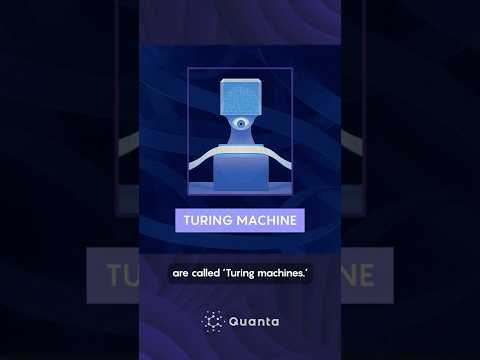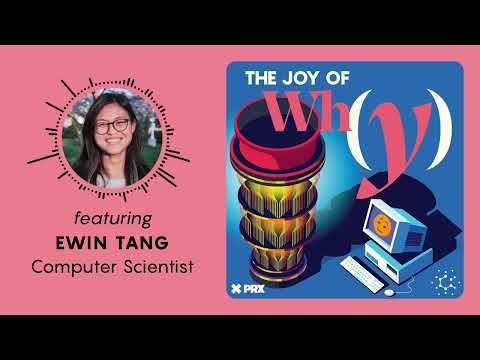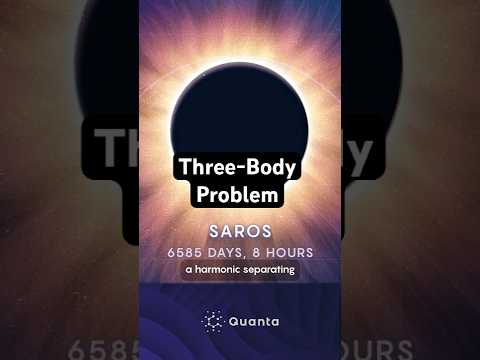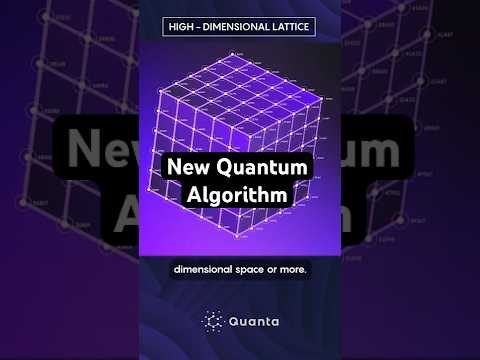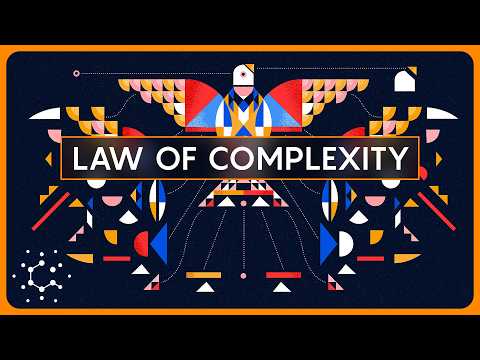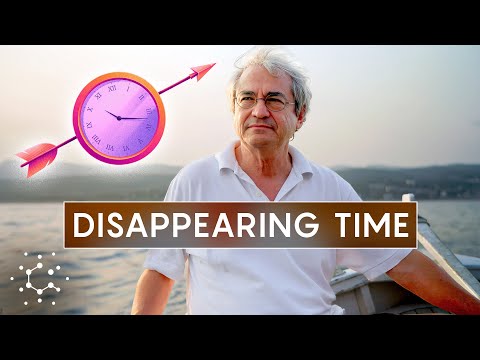What is a Turing Machine? #computerscience #science
In 1936, a 23-year-old British mathematician named Alan Turing revolutionized the future of computer science. While exploring the foundations of mathematics, Turing introduced a groundbreaking idea: a machine capable of computing any sequence—given enough time and memory. These theoretical devices, now known as Turing Machines, laid the foundation for modernContinue Reading
